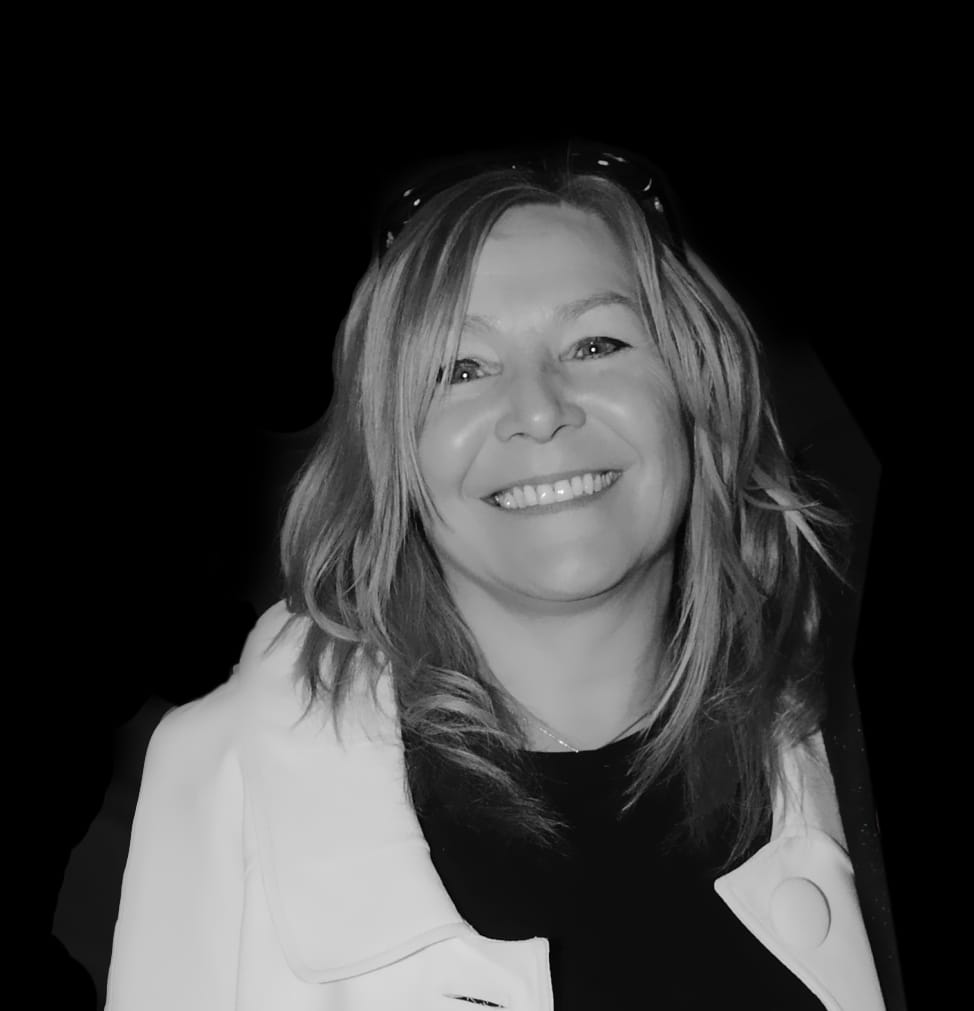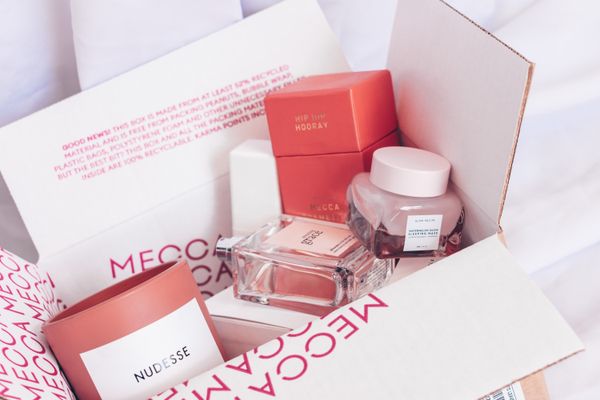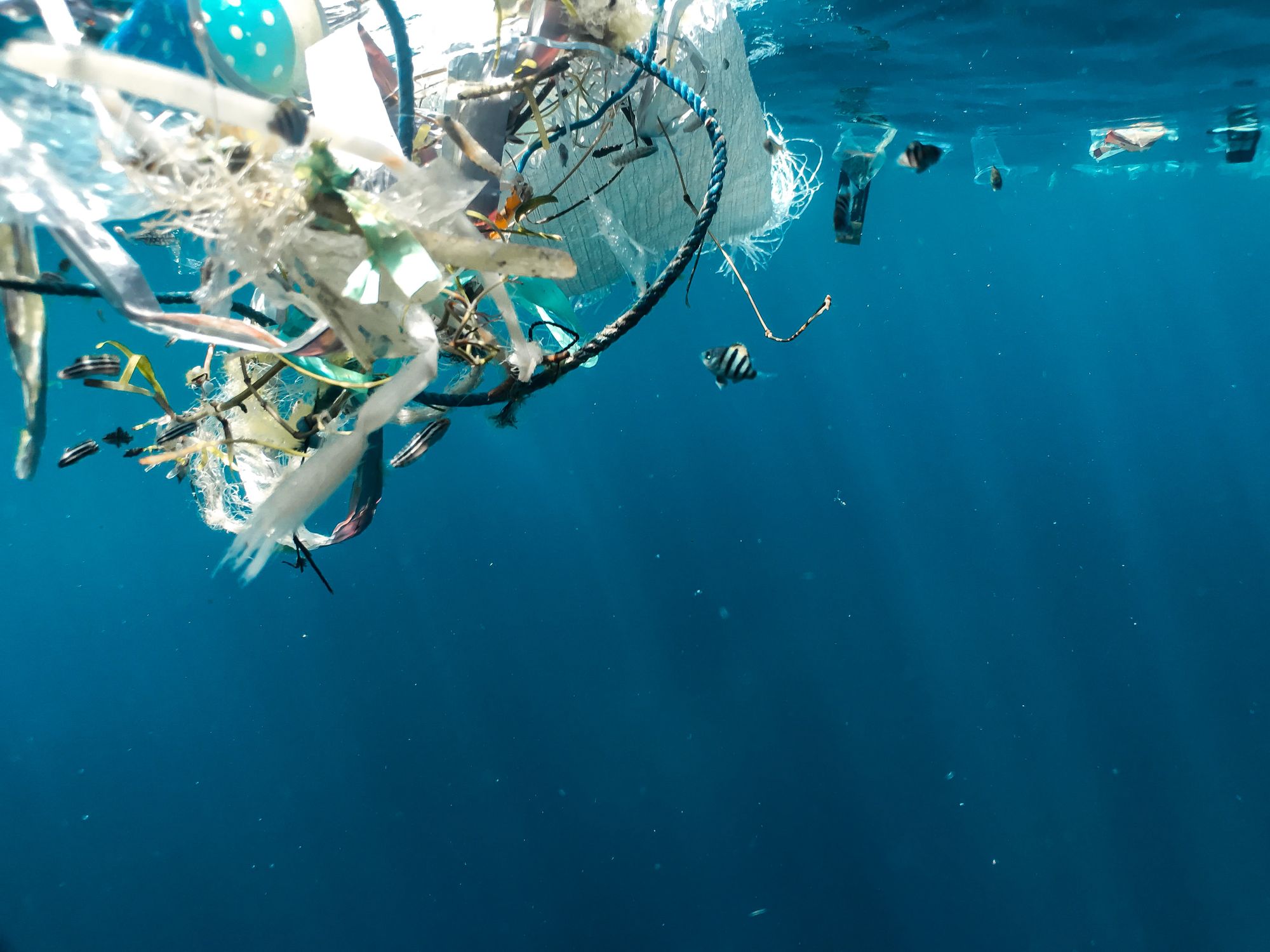The future of beauty looks solid



Listening to the news can be overwhelming – from Covid to Climate Change – there are significant global issues being discussed at length. Cop26 hosted in Glasgow in November 2021, welcomed over 200 countries from different corners of the world to set out their plans for reducing emissions from fossil fuels like coal, oil, and gas.
It is no secret that the world is warming at an alarming rate. Throughout 2021 from Australia, to states across the US, countries across Europe, the Far East and Africa we have experienced freak weather conditions – from devastating floods to fires, plagues, drought, snow, and hail – presenting us with a stark reality of the impact of global warming, and the speed at which this Is changing climate conditions now and for the future.
Beauty’s Contribution to Global Warming
Based on reports from Zero Waste Week, the beauty industry is a primary culprit contributing to global warming via several factors. Beauty products capture our attention not only because they enable us to look and feel good, but also because of their innovative formulas and eye-catching packaging. We are drawn into buying a product for the end results, but also for a more frivolous reason – they look great on our bathroom shelves or dressing tables. Packaging is a primary consideration when buying into a product, but this comes at a cost to the environment. According to a study by Recycle Now, whilst 90% of kitchen packaging is recycled, only 50% of bathroom packaging is recycled.
Instagrammable Packaging
120 billion units of beauty packaging – from plastic to paper, glass, and metals – ends up in landfills each year, according to Zero Waste, and about 70% of the beauty industry’s waste comes from packaging. Of late we have heard a lot about the impact of single-use items contributing to waste, like wet wipes, sheet masks and blotting sheets. Whilst we may recycle our kitchen waste, recycling our cosmetic packaging is not as simple. It is often comprises of boxes, bags and components made from mixed materials. 56% of British consumers do not recycle shampoo or shower gel bottles.
Depletion of Natural Resources
It is not only packaging that is contributing to waste, overconsumption and farming practices harm the ecosystem. Palm oil is one of the most used beauty ingredients – popular for its effect on our body and the planet. The high demand for palm oil has led to unsustainable cultivation, destroying natural forests, and animal species who have lost their natural habitats. Soy, rapeseed, and coconut are also impacted when not sustainably cultivated and it not only natural resources that are affected – but non-renewable natural resources like fossil fuels and metals.
Shampoos, sunscreens, and lotions contain chemicals that are harmful to us and to wildlife when released into the environment. Volatile organic compounds (VOCs) are air pollutants present in perfumes, deodorants, and hair sprays, a recent study found that these products contribute significantly to carbon dioxide emissions, revealing that household and beauty product emissions contribute to half of VOCs emitted in 33 urban cities. Let’s not forgot about the fossil fuel derived materials used in beauty products and packaging and their contribution to our carbon footprint.

Plastic in our Oceans
Over 8 million tonnes of plastic enter the ocean each year, some of this is washed ashore and is not biodegradable. It doesn’t decompose but instead goes through a process called photodegradation which breaks it down into microscopic size, taking 100 to 500 years to complete dependent upon the type of plastic. Millions of birds and fish die each year because of plastic waste in our oceans and the UN environmental program has warned that if this trend continues there will be more plastic in the oceans than fish by 2050.
Solutions to Reducing Waste
Solid Beauty
Beauty, like fashion, creates a lot of waste, this waste is not all packaging related but also comes from other parts of the supply chain. From testers to product returns and expired stock in warehouses and on shelves instore, it is difficult to estimate just how much waste is created in the industry; recent estimates suggest as much as 20 to 40 percent of all beauty products end up as waste.
Whilst it may seem a simplistic innovation, brands are rediscovering and extending their breadth of products through the humble bar of soap. Switching your beauty products from liquids to solids reaps benefits – from reducing your consumption of packaging, to reducing your water consumption and carbon emissions as products are being transported.
Lush is a pioneer in sustainability, first introducing soap in 1988, today this is sold in their ‘Naked’ stores without packaging, and they claim that this provides 60 – 80 washes and is their top-selling item. Through introducing soap bars, the brand promotes the fact that they are preventing shampoo bottles going to landfill.
Loreal, Haeckels and SBTRCT are also launching solid shampoos and cleansing bars. Loreal has reported cutting down on water usage and reducing packaging and water transportation. Garnier has introduced solid shampoo, that can reduce water consumption as it rinses out more quickly than liquid shampoo.
Retailers have become more committed to reducing their carbon footprint, being particularly selective about the brands they launch. Credo Beauty in the US has banned single-use products and packaging and invested in solid products.

The solid beauty products market increased 29% to $31 million from January to May 2021, equivalent to 1% of the total US skincare sales according to The NPD Group so this is still a relatively small number. Certain markets are more open to the concept, in Japan solid facial cleansers are Lush’s top five products, whilst in Germany consumers have adopted solid and naked products more readily than other European countries. If brands can overcome concerns regarding the hygiene levels of naked products and introduce a more luxurious experience, this may encourage more consumers to buy into solid and naked products.
Personalisation
Solid products are not the ultimate solution. Some companies claim that solids reduce shipping by removing water, whilst others argue that switching to heavier solids has unintended consequences of increasing shipping impacts. Increased production in the number of beauty products, has resulted in brands shipping too many products to too many places which is unsustainable longer-term.
The way in which beauty is traditionally conceptualised means that brands create product concepts, to provide solutions to problems they believe need to be solved, and then tried to sell the products. This has resulted in unnecessary volumes of product.
A new approach is personalised beauty where brands instead identify what their customers need, and then create this based on their customers’ orders. This information is often sourced through a questionnaire asking people about different lifestyle factors, to determine their personalised formula. This has worked for several brands included Function of Beauty who have successfully launched a haircare line and now extended into skincare.
Whilst the beauty industry will take time to find solutions to enable businesses to operate more sustainably, there are several ways in which we can reduce our carbon footprint.
Checklist to Sustainability
TerraCycle works with several beauty brands on recycling schemes, where you can drop-off your empty beauty packaging to be recycled. Retailers like Body Shop enable you to visit their stores to have your empty beauty packaging topped up. Loop works with beauty brands like Nivea, REN, Molton Brown and the Beauty Kitchen to drop off glass or aluminium bottles of your beauty products on your doorstep and once you have used this they come and collect this from you.
Change takes time, but it is time we don’t have if we believe in resolving the challenges we are experiencing now, and we will continue to experience in the coming years with regards to climate change. The beauty industry is an industry that enables us to look and feel good, and it is our responsibility to ensure that we protect the beauty of our planet.
About Janet Milner-Walker
Janet is the founder of Bespoke Advantage, a brand management company that build brands across the beauty sector, she is also a consultant, and a speaker. Over the past twenty years she has developed and launched products and brands for M&S, Harvey Nichols, Boots, Body Shop and Crabtree & Evelyn as well as worked with many start-ups.
Their award-winning portfolio of clients include beauty and wellness brands, professional spas and salons, investors and entrepreneurs based in the UK and internationally – www.thebespokeadvantage.com.